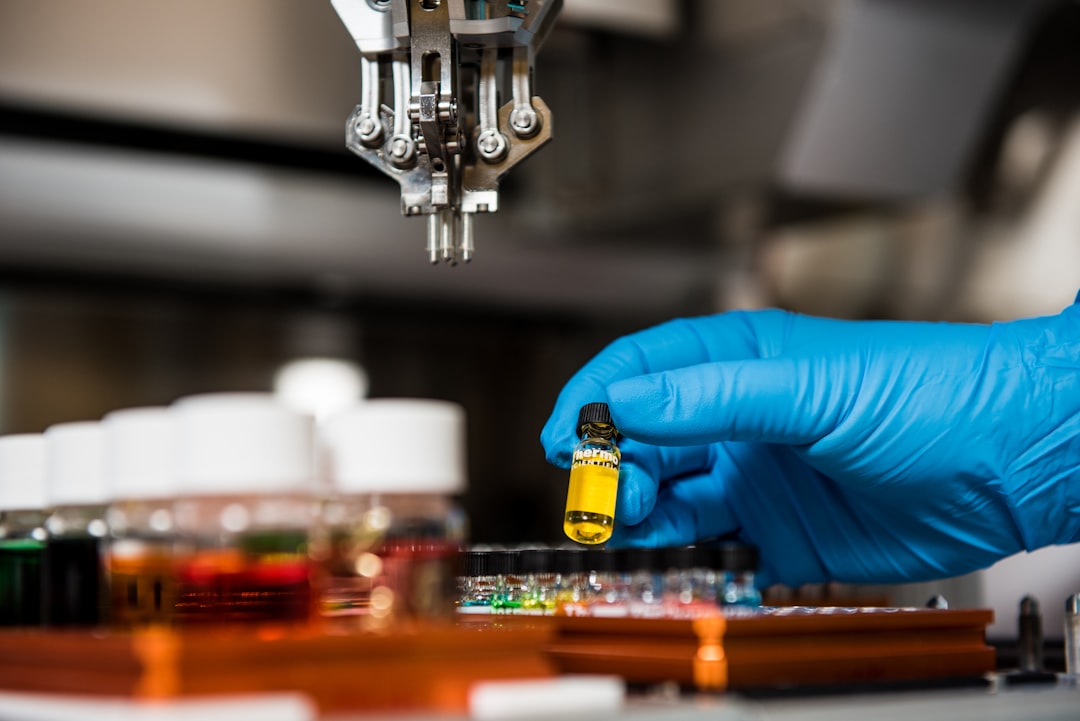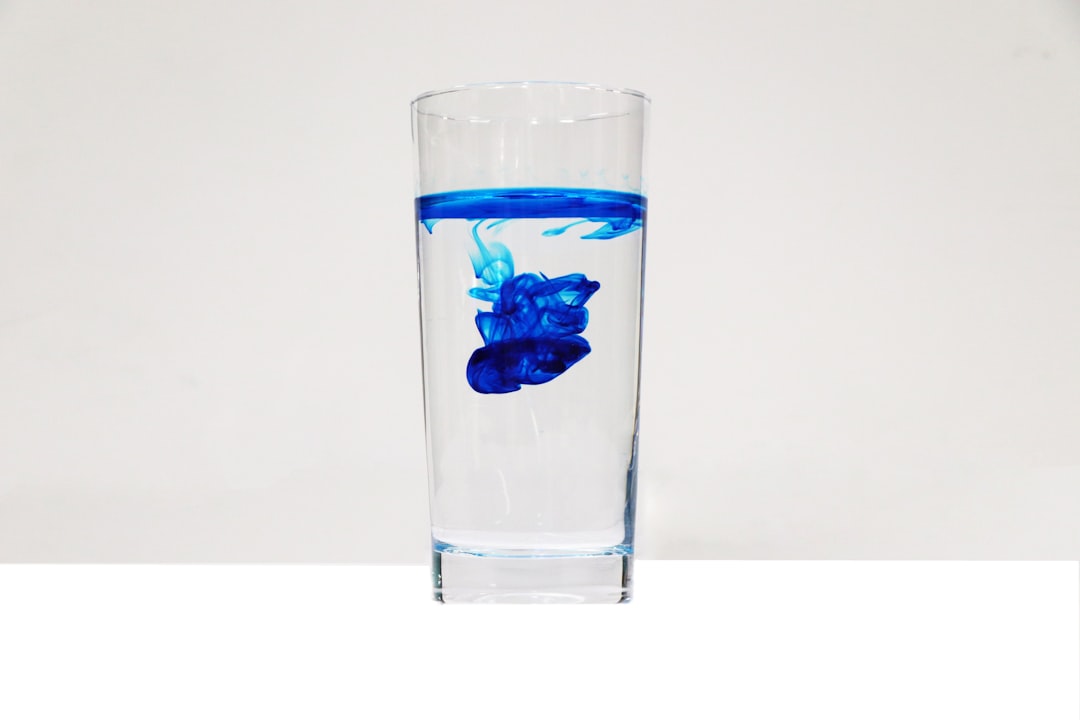What is it about?
According to the increase of deaths due to the metastasis of primary tumors in many cancers, a smart system is required to recognize the initialization of metastasis, immediately and efficiently. In this paper, we introduce a novel platform based on the electrospun nanofibrous membranes (NFMs) for efficient capture of circulating tumor cells (CTCs) and then release them for further study. It’s important to note that the detection of CTC must be specific and accurate to start treatment safely with the correct dose of the drug. The number of present CTCs in blood can determine the progress of cancer and its capability for metastasis. Therefore, the early detection of cancer and using lower doses of drugs leads to more efficient treatment with lower side effects of drugs, whereas the treatment of secondary tumors require more drug and cost. For this purpose, we generated a nanofibrous membrane from polycaprolactone/ hyaluronic acid and with a core-shell structure to achieve CTC trapping with the application of early diagnosis of metastasis. Besides, we proved that the retrieval of these cells is possible using hyaluronidase. Our results demonstrated that the cancerous cell capture efficacy using this kind of core-shell NFMs is about 75% (compare to 25% in PCL NFM) which is a significant ratio. Also, it was proved that around 70% of these captured cells can release via hyaluronidase (in comparison with 20% for PCL NFM) with protecting their viability.CTC
Featured Image

Photo by Arjun MJ on Unsplash
Why is it important?
Our findings show that it is recommended that HA-PCL core-shell NFMs have the potential to capture circulating tumor cells and recover them for additional analyzes on the cells and can be exploited as CTC detecting scaffolds in the future.
Perspectives
Writing this article was a great pleasure as it has co-authors with whom I have had long standing collaborations.
Sahar Asghari
National Institutte of genetic engineering and biotechnology
Read the Original
This page is a summary of: Core‐shell nanofibrous membrane of polycaprolactone‐hyaluronic acid as a promising platform for the efficient capture and release of circulating tumor cells, Polymers for Advanced Technologies, November 2020, Wiley,
DOI: 10.1002/pat.5158.
You can read the full text:
Contributors
The following have contributed to this page










